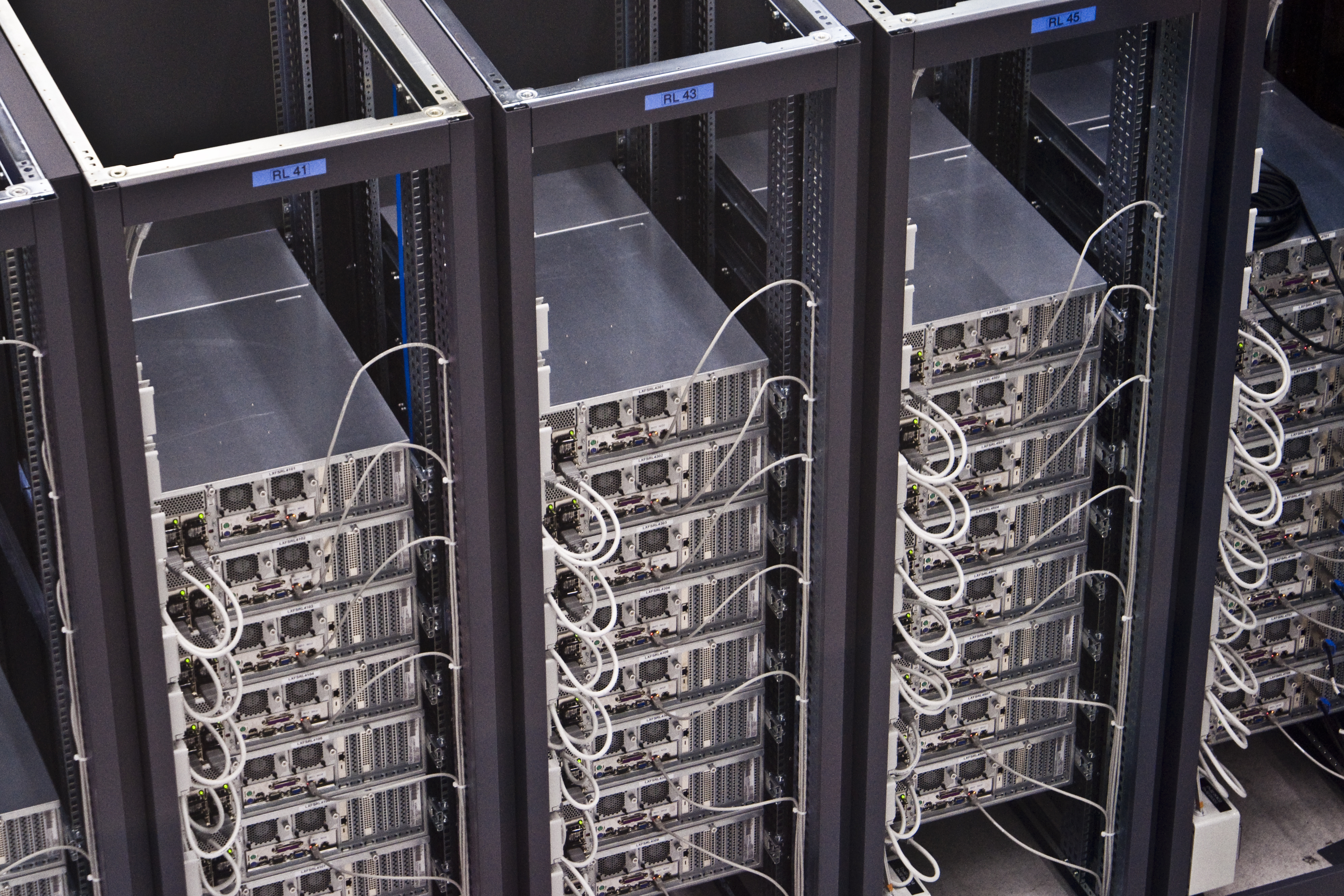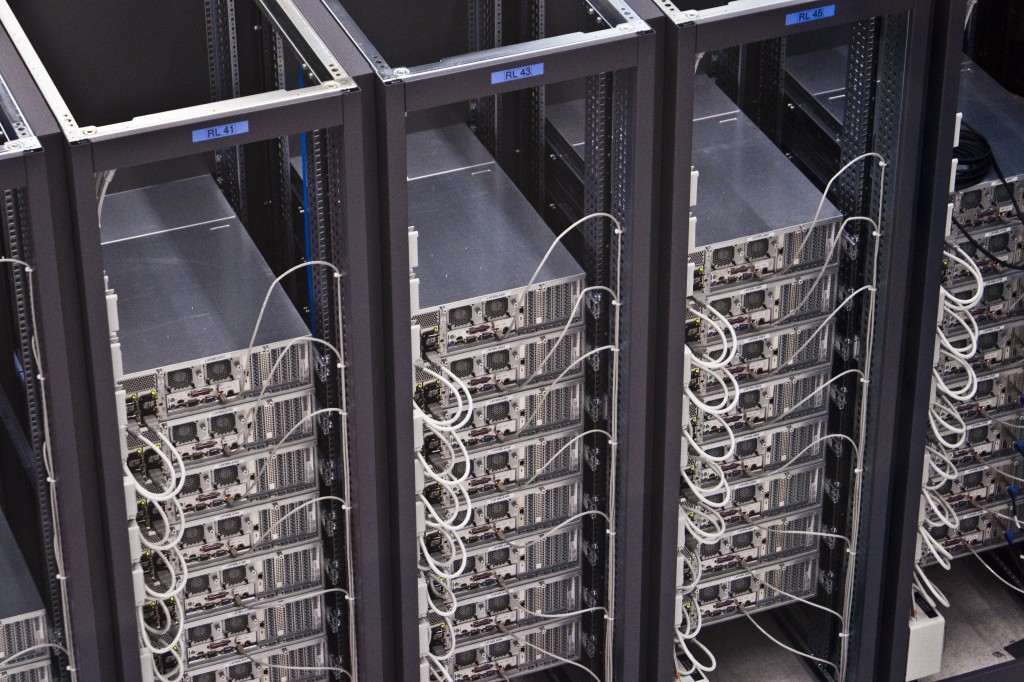The latest hard disks are manufactured in sizes as large as 4TB and they are getting larger every year. In the near future, they will probably reach up to 8TB and even beyond that. Although huge sized hard disks work extremely well, sometimes these may not be enough for certain applications.
The term “RAID” stands for Redundant Array of Independent Disks/Inexpensive Disks. Usually it is suggested that all disks in a particular RAID must be similar in performance and functionality. The experts have designed numerous variations of RAID to meet different requirements. Some of them have been designed for making larger, faster storage solutions and some are for enhanced reliability.
Below is a list of the basic types of RAID schemes available today:
RAID 0 (Striping)
A setup where data is striped across two or multiple disks is called ‘RAID 0’. This is not redundant at all, however it is still considered a distinction of RAID. Every file is fragmented into numerous diminutive parts, and every part is placed separately on separate disks like first part is on the first disk, second on the second disk and similarly third on the third disk (or back on the first disk if there are only two), etc. This enables a computer to access data much faster than its normal performance. The data is uniformly divided between multiple physical disks and the data can all be accessed at once when reading. This enhancement in speed unfortunately comes with a significant danger of data loss. If any disk in the array collapses, this will result in the loss of the data stored in the entire array. Even though the higher number of disks in an array means faster speeds, every single disk that is additionally inserted brings up a heavier threat of total data loss. Subsequently, there is no redundancy at all and disk space available permits very large drive spaces for non- critical data.
RAID 1 (Mirroring)
‘RAID 1’ is basically the inverse of a striping setup. In RAID 1, a copy of every single piece of information is written to every disk in the array rather than putting different bits of data on each disk. Generally it is done with two disks and provides an absolute copy of everything. If one drive in the RAID collapses, you can get a complete backup of data from the other one. Furthermore, the array continues its functionality as long as a single disk having all the data is integral and operational. For the purpose of keeping records, since all the data is written simultaneously over each drive, there is no performance benefits at all and it is conceivable there might be a minor performance diminution, specifically while writing to the array. Moreover, just half of the total disk space is available due to mirroring process.
RAID 5 (Striping with Parity)
RAID 5 is basically a combination of around three disks, making it more convenient in terms of disks to operate when compared to RAID 0+1 or 10. The vital factor in RAID 5 is ‘parity’ data. It is basically a specific code produced once data is written to the array that allows it to rebuild a whole disk if one collapses. The array functions by delivering a particular sum of data throughout all the disks excluding one disk, and utilizing that one to store parity data. The subsequent portion of data is dealt the same; apart from that, a different disk is used to store the parity data and so on. In this way, the total storage available is the total volume of disk space less one disk’s worth that is used for parity purposes. RAID 5 does not provide as fast reading of data as RAID 0 because there is parity data to assess. However, it is still somewhat faster than a single disk drive.
JBOD (Just a Bunch of Disks)
This is not a genuine RAID model by definition rather it is an option on many disk controllers built into motherboards. As per the controller, it can drive one of two factors mentioned below:
• A combination of several independent drives the term called ‘just a bunch of disks’ (JBOD). In this way, a RAID card is effectively used as a usual SATA controller, however it still needs the installation of drivers in the operating system in order for the drives to be detected and used.
• This can be a collection of drivers across which a single logical unit is spanned. Generally this usage is called a SPAN, or in some controllers it is termed as BIG. As it comes with no redundancy, it provides no data safety. It can be found useful if you are having various hard disks available but just wish to work with a single, greater drive in your operating system. Further, unlike other genuine RAID forms, this enables you to apply disks of different sizes at whim without wasting space.
Hot Spare Disks
A disk failure can be extremely harmful in larger arrays, where data integrity is of high importance. Let’s suppose, if a single disk in RAID 5 collapses, data will be at tremendous risk until that drive is replaced. Unless a fresh substitute disk can be installed and recreated into the array, another disk disaster will allow for all data to be lost. A good security policy is to get an additional disk already installed and ready to take over for whichever disk fails. This practice is called a ‘Hot Spare Disk’. Sometimes it is denoted by a +1 after the RAID title (i.e. RAID 5 +1). Further, when the collapsed disk is replaced, it converts into the new spare.
Auxiliary information can be obtained from Newegg, Memory4less and TigerDirect. Article By Peter Lee.


